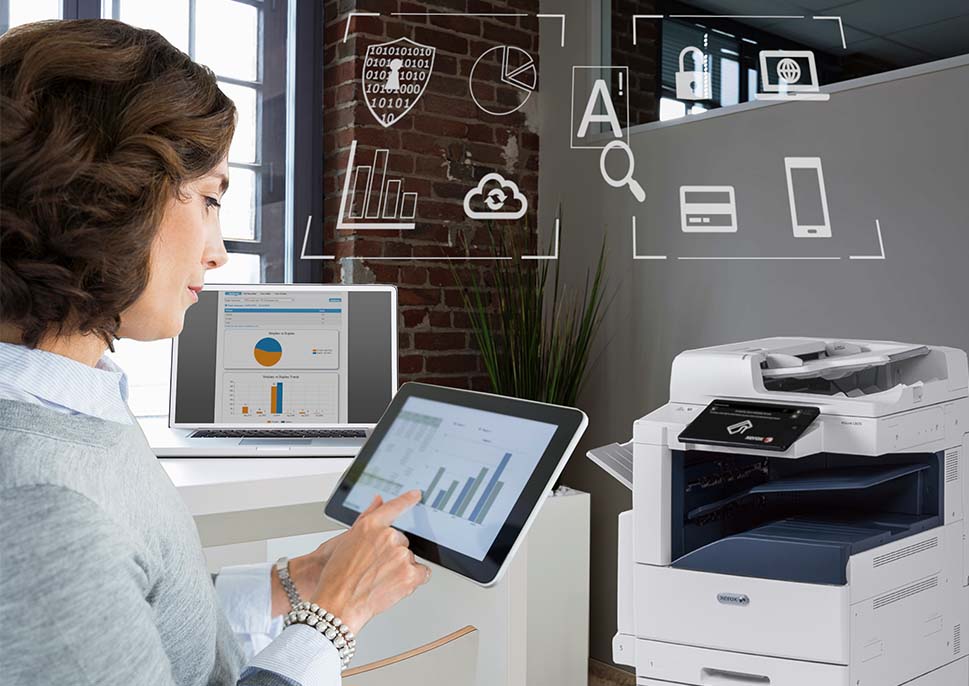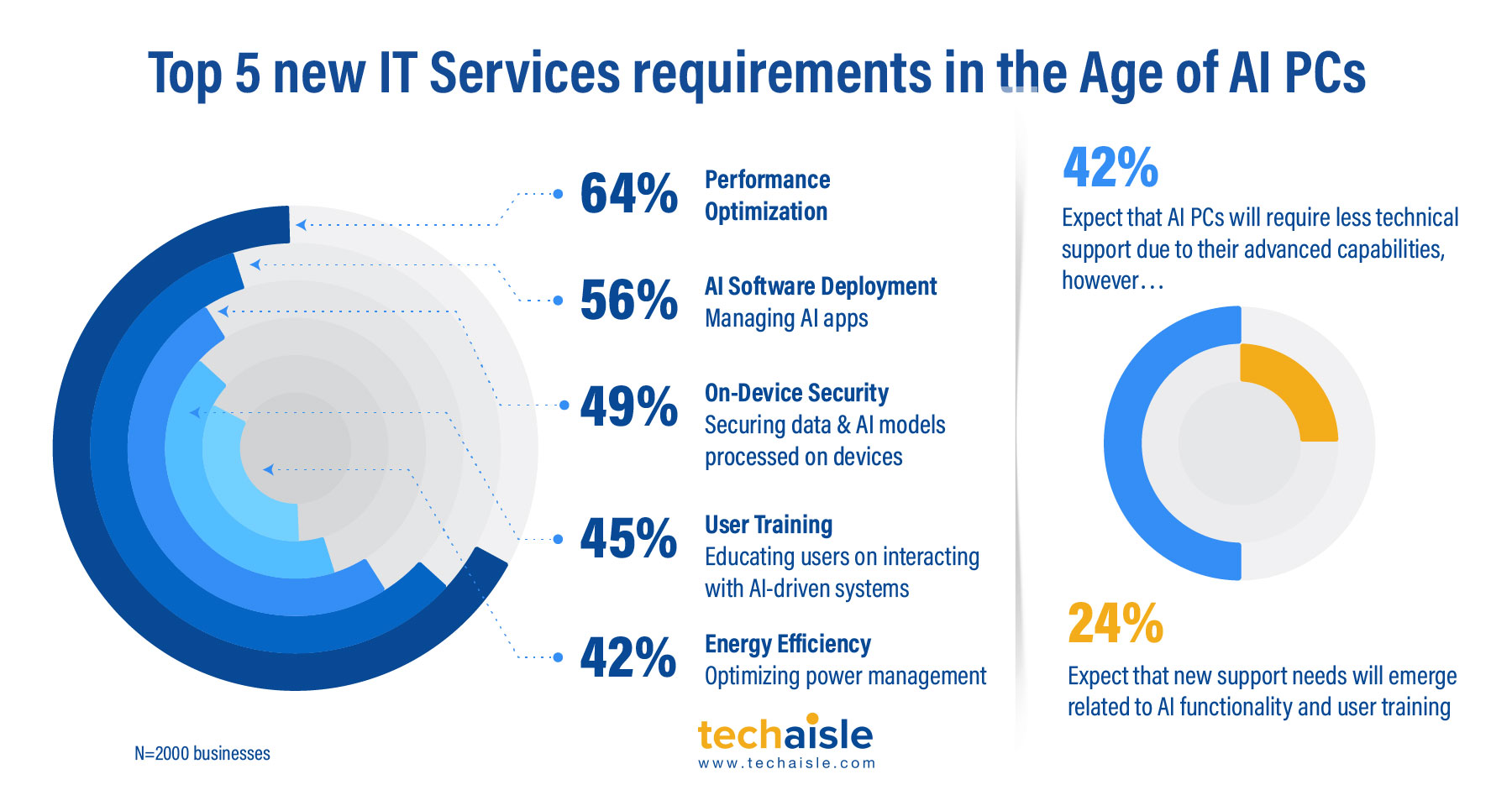February was a whirlwind of travel, and the ThinkPad X1 Carbon Gen 13 became my indispensable companion. From airplane seats to bustling conference rooms, this laptop proved its worth. Its feather-light design, a mere 2.17 pounds, made it effortlessly portable, slipping into my bag without adding bulk. The robust carbon fiber and magnesium chassis shrugged off the rigors of travel, maintaining its sleek appearance despite constant jostling. The Intel Core Ultra 7 258V processor handled everything I threw at it, from resource-intensive presentations to seamless video conferencing, without a hiccup. The battery life was a revelation, easily lasting through full workdays without needing a recharge, a godsend during layovers. Returning home, I found the ThinkPad X9-14 Gen 1 waiting for me, and I could not wait to dive in, eager to compare its innovations to the X1 Carbon Gen 13 that had served me so well in the last month.
As I opened the packaging of the Lenovo ThinkPad X9-14 Gen 1, I was immediately struck by the aesthetic shift. The new silver aluminum chassis gleamed, a stark contrast to the traditional matte black, and the absence of the iconic red TrackPoint was noticeable, though not entirely unexpected, as I had previewed the design earlier in the year.
For over thirty years, Lenovo's ThinkPad has been the bedrock of enterprise computing, defined by its rugged reliability and iconic design. Now, with the ThinkPad X9-14 Gen 1 Aura Edition (part of the broader X9 series revealed at CES 2025 and many other insane innovations), Lenovo dares to redefine its legacy for the modern hybrid workforce. My review dives into the implications of this bold departure, dissecting the sleek silver aluminum chassis, the controversial removal of the signature red TrackPoint, and its ambition to challenge the premium notebook market. Having spent considerable time with a review unit, I conclude that the Lenovo ThinkPad X9-14 Gen 1's exceptional display, typing ergonomics, and mobile efficiency will reshape the ThinkPad experience in 2025.
Design Evolution: A Shift in Color and Identity
The ThinkPad X9-14 Gen 1 boldly redefines its aesthetic, a stark departure from the traditional ThinkPad ethos. Gone is the iconic, utilitarian matte black, replaced by a sleek, silver aluminum chassis christened "Thunder Grey." This is not merely a cosmetic change; it's a strategic repositioning aiming to attract a broader audience, including style-conscious creatives and younger professionals. The fingerprint-resistant finish maintains a polished look, which is crucial for mobile professionals.
From a Techaisle perspective, this shift presents both a risk and an opportunity. The over 50% recycled aluminum aligns with growing sustainability demands and offers a premium feel. However, the departure from black may alienate loyalists who associate it with ThinkPad's rugged heritage. Lenovo is betting that modern hybrid workers, flitting between offices, homes, and travel, desire a device that excels in both boardroom and coffee shop settings.
The most polarizing decision, however, is the removal of the red TrackPoint, a hallmark of ThinkPads since 1992. For decades, this precision tool nestled between the G, H, and B keys offered a unique advantage, beloved by users like myself. Its absence in the X9-14 Gen 1, replaced by a large, centered haptic touchpad, signals Lenovo's acknowledgment of the TrackPoint's niche status in a touchpad-dominated world. This trade-off between modernization and legacy support will be a key consideration for businesses with diverse user needs.
The haptic touchpad’s generous size and customizable pressure sensitivity offer smooth, responsive feedback, rivaling implementations from competition. Similarly, while retaining ThinkPad's signature curved keycaps, the keyboard adopts a modernized layout with crisp, satisfying feedback, balancing tradition and contemporary appeal.
Flipping over the laptop, a standout feature is the "engine hub," a rear strip housing full-size ports (Thunderbolt 4, HDMI 2.1, headphone jack) while maintaining a slim profile. This design also enhances serviceability, providing easy access to the SSD and battery. At 2.74 pounds, the X9-14 Gen 1 is remarkably light, yet its sturdy aluminum build ensures durability. The 180-degree lay-flat hinge adds further versatility, making it a compelling option for demanding hybrid work environments. Audio quality is enhanced with Dolby Atmos and Dolby Voice, supporting clear video calls, which is crucial for remote collaboration.



















